You are here
The Admiralty Inlet sits at the north end of Washington's portion of Puget Sound like a narrow gateway: the vast majority of maritime traffic entering the extensive sound from the Strait of Juan de Fuca must pass through the 3.5-mile-wide strait formed by Point Wilson to the west and Point Partridge to the east. From this entrance, ships can quickly travel the roughly 40 miles south to reach Seattle or the roughly 65 miles to reach Tacoma near the south end of the sound. Needless to say, the inlet receives plenty of commercial traffic, but there is a long history of military strategy associated with the inlet as well. Assessments of the Puget Sound's vulnerability to enemy assault predate the Civil War, and Fort Worden is named for Rear Admiral John Worden, the commander of the USS Monitor that was so effective for the Union's maritime efforts along the East Coast. While the area had been home to less robust military settlements that were established during the Indian Wars, it wasn't until the 1890s that the Army finally had the resources and the impetus to develop a definitive presence at the inlet. Construction began in earnest after the Spanish-American War of 1898; the sinking of the USS Maine in Havana Harbor underscored the Army's need to quickly protect Puget Sound.
Known as the "Triangle of Fire," this military presence consisted of Fort Worden to the west on the Olympic Peninsula, Fort Casey to the east on Whidbey Island, and Fort Flagler on the northern tip of Marrowstone Island just inside Puget Sound. These three massively armed fortifications created an impassible choke point for any enemy naval force that might attempt to enter the sound. Fort Worden alone had over 25 major guns distributed between six emplacements around Point Wilson by 1905, the year after it became the headquarters of the Harbor Defense Command of Puget Sound.
All three forts played integral roles as stations and training grounds for soldiers after the United States entered World War I. Fort Worden saw its greatest expansion since initial construction as barracks were built to accommodate the new trainees. At the same time, most of the fort's artillery pieces were shipped to the European lines. Following the war, technological advancements meant that defending Puget Sound would increasingly become an aerial effort, whether through the use of airplanes or balloons. The fort remained an important headquarters for Army and Navy operations through World War II, however, when radar could monitor the strait and anti-aircraft guns replaced the obsolete artillery pieces.
The transition from a military base into a state park was long coming. The fort was officially deactivated in 1953 and purchased by the state in 1957, which used the grounds for a juvenile treatment center until 1971. Washington State Parks finally assumed management and opened the 433-acre Fort Worden State Park and Conference Center in 1973. Over the decades this former military base has become one of the most vital and diverse public parks on the Olympic Peninsula, receiving more than a million visitors each year. The buildings that once housed officers have been beautifully restored and the barracks have been converted into apartments, all of which are available for public accommodation. Various conference centers make the park a popular choice for educational and celebratory events such as the annual Festival of American Fiddle Tunes. There is a Coast Artillery Museum that can provide more context about the fort's past, and the Port Townsend Marine Science Center is perfect for a look into the sound's undersea world.
There are heaps of more conventional amenities in Fort Worden State Park as well, so consider this a fine resource if you are just looking for trails to walk, a place to camp, or a great day at the beach. The park has 12 miles of trails that are open to hiking and biking, 5 of which are ADA accessible; you'll also find baseball fields and tennis courts, Chinese Gardens, and an abundant supply of day use and picnic areas. Restrooms are well distributed throughout the park, as are parking areas. Extensive camping opportunities for RVs and tents are available at the Beach Campground + Upper Forest Campground. Of course, Point Wilson provides excellent access to the strait and sound as well, and it is a popular spot for crabbing, fishing, and diving. You'll find two boat launches, moorage buoys, 120 feet of dock, and swimming areas along Fort Worden Beach. If getting in or on the water isn't your first choice, take the walk along the beach all the way out to the Point Wilson Lighthouse to look across Admiralty Inlet toward Fort Casey State Park on Whidbey Island.
Fort Worden is open all year long, though the Coast Artillery Museum, Rothschild House, and Port Townsend Marine Science Center close in the winter. Contact the park at 360.344.4431 for exact dates.
Washington State Boat Moorage
Due to the extensive Puget Sound, the Washington State Parks + Recreation Commission boasts the most extensive mooring system in the U.S. All buoys and dock moorage slips are based on a first-come, first-served management system with a three consecutive night limit. Permit and payment of moorage fees are required.
Logistics + Planning
Current Weather: Powered by Dark Sky








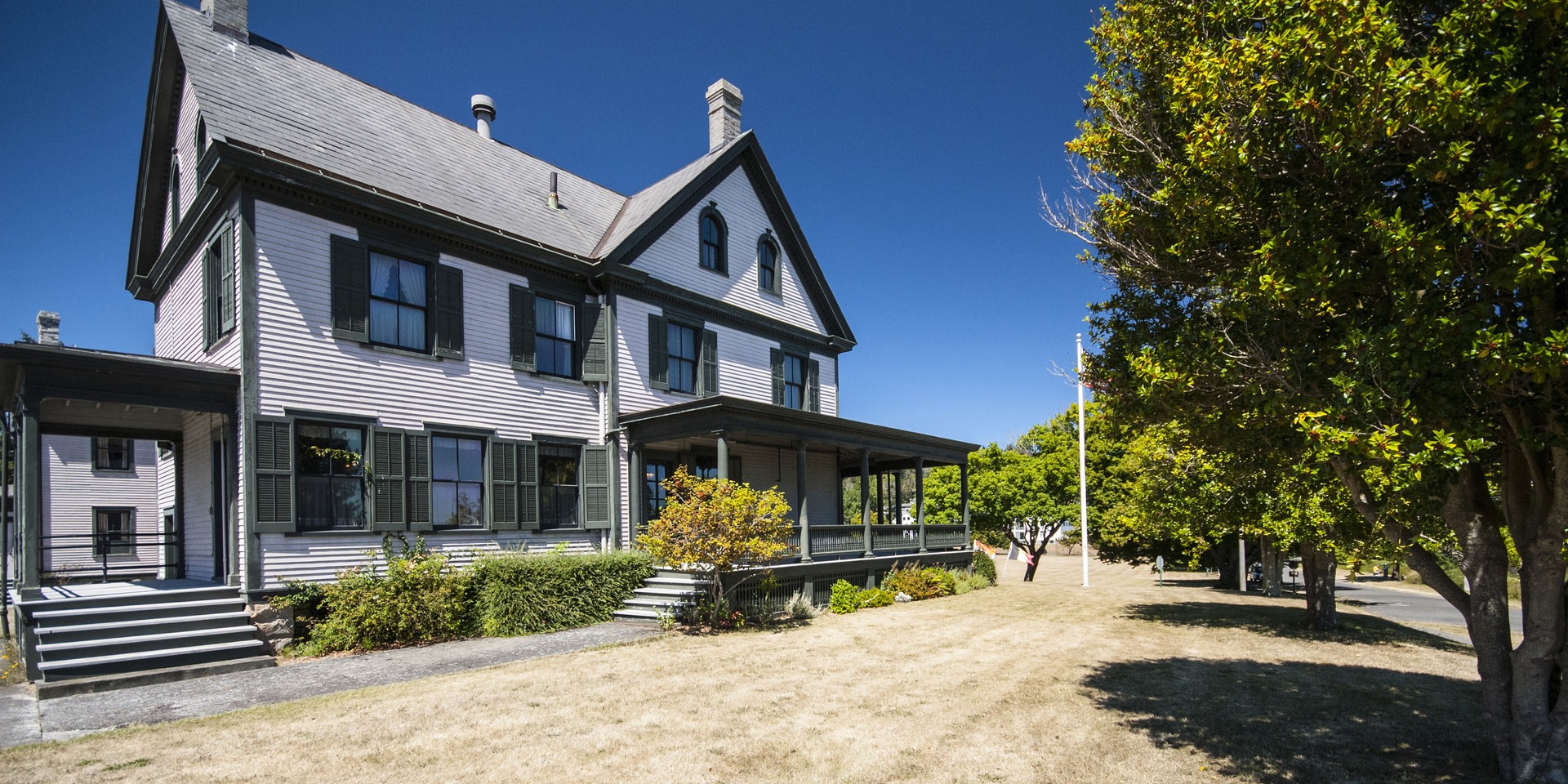


















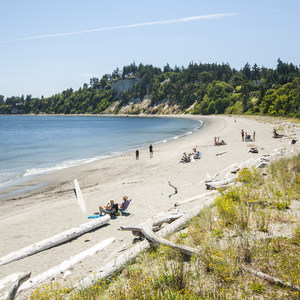

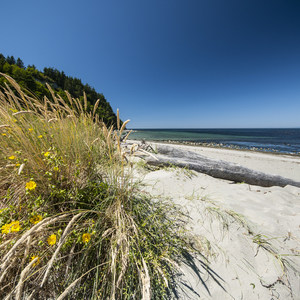
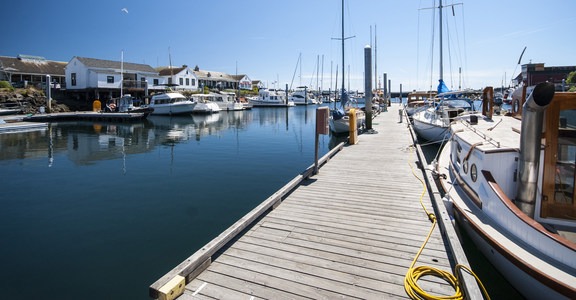
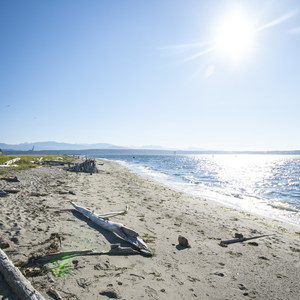



Comments
Sign In and share them.